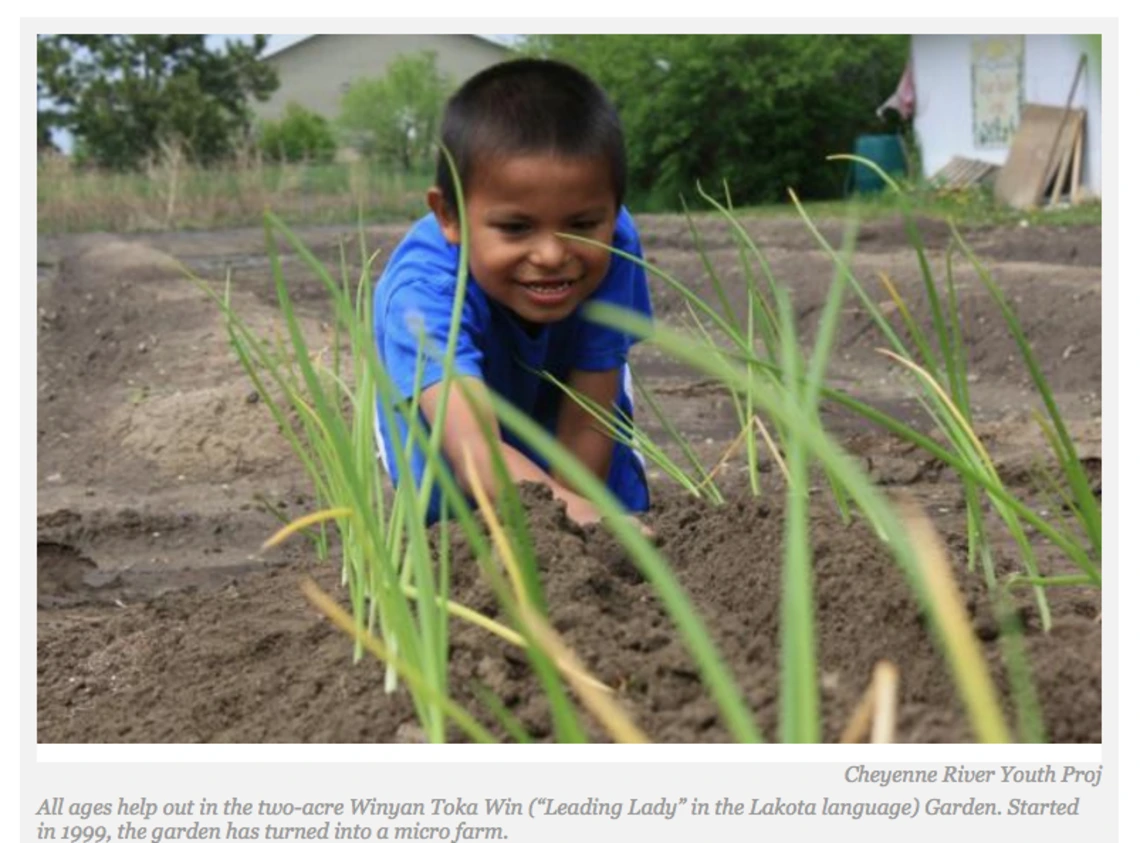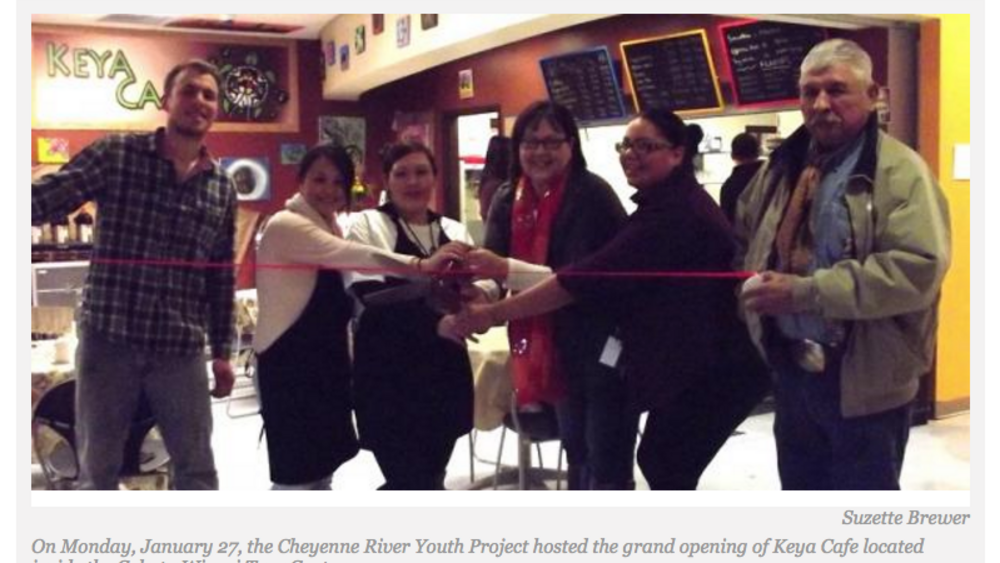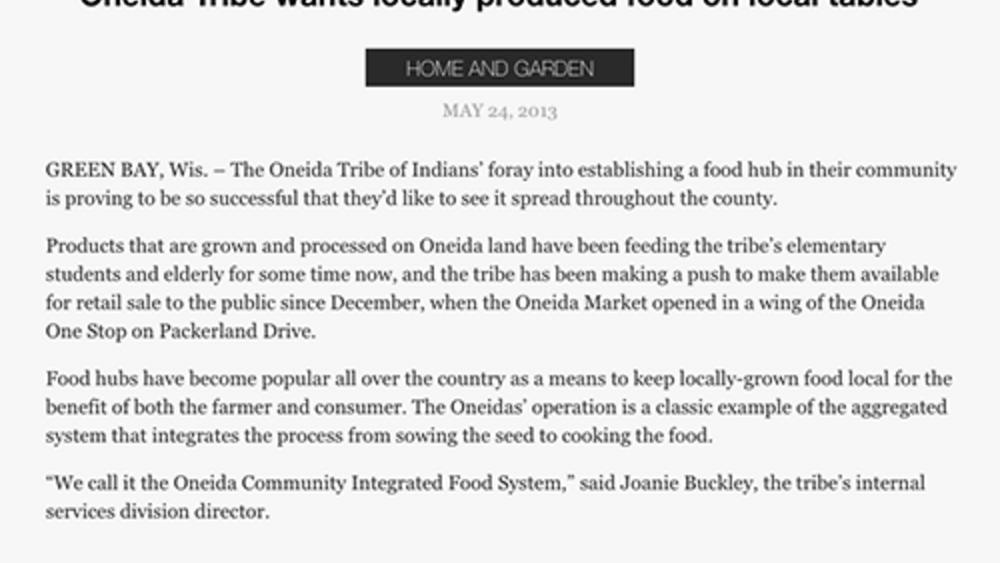When the Cheyenne River Youth Project started its organic garden in 1999, staff at the 26-year-old nonprofit would never have guessed where the little garden would take them.
The two-acre Winyan Toka Win–or “Leading Lady”–garden is the heart of the youth project, and is becoming a micro farm. Sustainable agriculture at the youth project in Eagle Butte, South Dakota supports nutritious meals and snacks at the main youth center for 4 to 12 year olds and at the Cokata Wiconi Teen Center. The garden also provides fresh ingredients for the farm-to-table Keya Café, merchandise for the Keya Gift Shop, and seasonal Leading Lady Farmers Market. To continue with the garden’s success, CRYP has invested in a new irrigation system, a garden redesign, and a composting system...
Additional Information
ICT Staff. "Cheyenne River Youth Project’s Garden Evolving Into Micro Farm." Indian Country Today. July 6, 2015. Article. (https://ictnews.org/archive/cheyenne-river-youth-projects-garden-evolving-into-micro-farm, accessed March 22, 2023)




